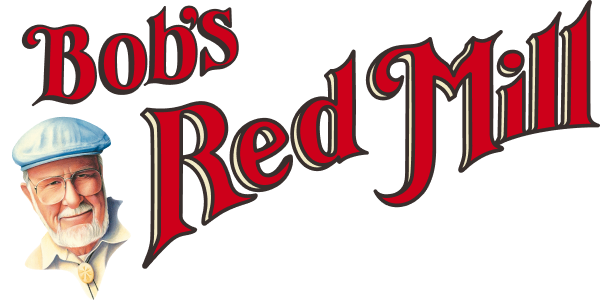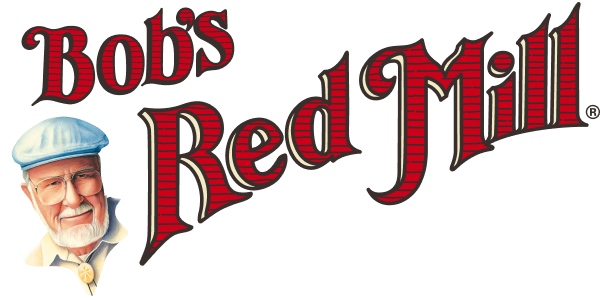


 Couscousthe food so good, they named it twice! If you're searching for a recipe that will make the bag of couscous in your pantry the star of the table, try out this Lemony Pearl Couscous with Broccoli and Salmon. A simple yet elegant dish, our Traditional Pearl Couscous is combined with lemon, broccoli and olive oil to create a mouthwatering meal that will have guests running for seconds. Plus, the combination of couscous and salmon creates a plate that's overflowing with protein.
Couscousthe food so good, they named it twice! If you're searching for a recipe that will make the bag of couscous in your pantry the star of the table, try out this Lemony Pearl Couscous with Broccoli and Salmon. A simple yet elegant dish, our Traditional Pearl Couscous is combined with lemon, broccoli and olive oil to create a mouthwatering meal that will have guests running for seconds. Plus, the combination of couscous and salmon creates a plate that's overflowing with protein.
 A dish that the entire family will enjoy, this Savory Wild and Brown Rice Pilaf is simple, delicious and bursting with nutrition. To create this meal, our Wild and Brown Rice Mix is combined with chopped onion, carrot, parsley and vegetable broth to create a warming meal that's perfect for a cold night. Pair it with a side of meat and veggies, or enjoy it as the main course.
A dish that the entire family will enjoy, this Savory Wild and Brown Rice Pilaf is simple, delicious and bursting with nutrition. To create this meal, our Wild and Brown Rice Mix is combined with chopped onion, carrot, parsley and vegetable broth to create a warming meal that's perfect for a cold night. Pair it with a side of meat and veggies, or enjoy it as the main course.
 Whether you're following a low-carb diet or counting carbs for health reasons, you may be wondering how the carbohydrates in couscous vs. rice compare. While neither ingredient is considered low-carb, they do share their differences. Compared to brown and white rice, couscous usually contains slightly lower carbs per serving. However, when comparing our Traditional Pearl Couscous with our Wild and Brown Rice Mix, the number of carbohydrates is the same. Because both ingredients come from grains, they likely contain more carbohydrates than would be suggested when following a low-carb diet. That being said, though these ingredients may be high in carbs, whole grain couscous and brown rice contain low glycemic scores, whereas regular couscous rates a medium score and white rice rates a high glycemic score. Glycemic scores are measured by the amount of impact carbohydrate-containing foods have on blood sugar levels and foods with a low glycemic score indicate that they do not spike blood sugar.
Whether you're following a low-carb diet or counting carbs for health reasons, you may be wondering how the carbohydrates in couscous vs. rice compare. While neither ingredient is considered low-carb, they do share their differences. Compared to brown and white rice, couscous usually contains slightly lower carbs per serving. However, when comparing our Traditional Pearl Couscous with our Wild and Brown Rice Mix, the number of carbohydrates is the same. Because both ingredients come from grains, they likely contain more carbohydrates than would be suggested when following a low-carb diet. That being said, though these ingredients may be high in carbs, whole grain couscous and brown rice contain low glycemic scores, whereas regular couscous rates a medium score and white rice rates a high glycemic score. Glycemic scores are measured by the amount of impact carbohydrate-containing foods have on blood sugar levels and foods with a low glycemic score indicate that they do not spike blood sugar.